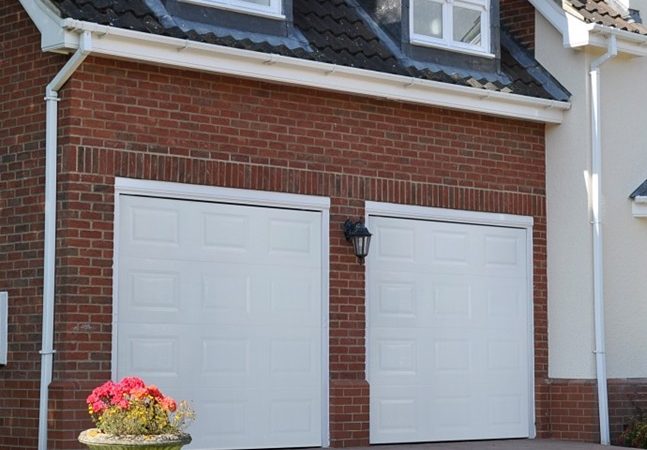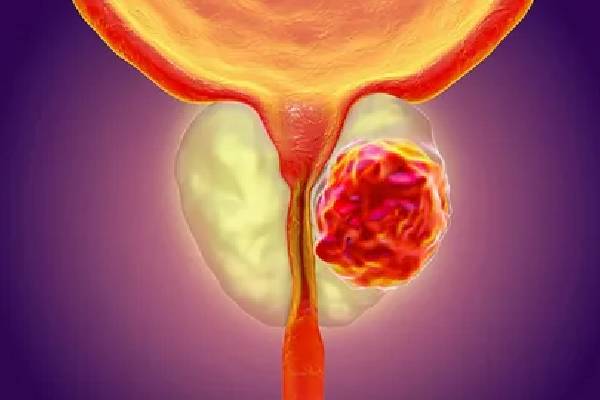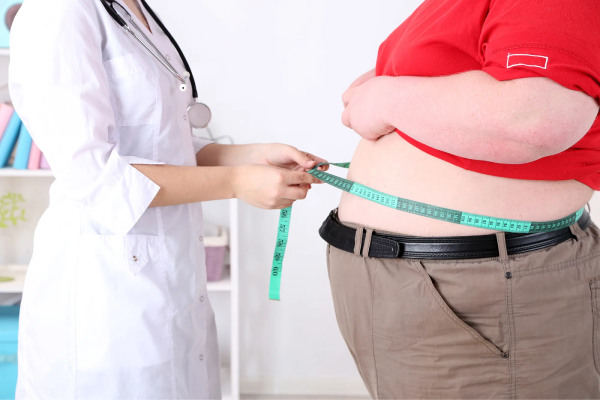A pH meter is an essential tool in laboratories, industries, and even home brewing. Ensuring its accuracy is critical, and this involves regular calibration. This guide will walk you through the steps of calibrating your pH meter effectively.
Why Calibration is Important
Calibrating your pH meter ensures accurate readings, which are crucial for scientific experiments, industrial processes, and quality control. Without proper calibration, your measurements could be off, leading to errors in your work.
What You’ll Need
Before you start, gather the following items:
- pH meter
- Buffer solutions (typically pH 4.0, pH 7.0, and pH 10.0)
- Distilled or deionized water
- Clean, dry containers
- Lint-free tissue or paper towel
Steps to Calibrate Your pH Meter
- Preparation
- Turn On the Meter: Make sure your pH meter is fully functional and the batteries are charged.
- Clean the Electrode: Rinse the electrode with distilled water to remove any residue from previous use. Blot it gently with a lint-free tissue to dry it.
- Calibration Process
- Prepare the Buffers: Pour small amounts of pH 4.0, pH 7.0, and pH 10.0 buffer solutions into separate clean containers. Ensure the containers are labeled correctly to avoid mix-ups.
- Set the Meter to Calibrate Mode: Refer to your pH meter’s manual for specific instructions on how to enter calibration mode. This usually involves pressing a button or a series of buttons.
- Calibrate with pH 7.0 Buffer:
Submerge the electrode into the pH 7.0 buffer solution.
Wait for the reading to stabilize.
Adjust the meter to read exactly 7.0 using the calibration controls.
Calibrate with pH 4.0 Buffer:
Wash the electrode with deionized water and pat it dry.
Submerge the electrode into the pH 4.0 buffer solution.
Wait for the reading to stabilize.
Adjust the meter to read exactly 4.0.
Calibrate with pH 10.0 Buffer (if necessary):
Rinse and dry the electrode again.
Submerge the electrode into the pH 10.0 buffer solution.
Wait for the reading to stabilize.
Adjust the meter to read exactly 10.0.
- Post-Calibration
- Rinse the Electrode: After calibration, rinse the electrode with distilled water and blot it dry.
- Return to Measurement Mode: Follow your meter’s instructions to exit calibration mode and return to regular measurement mode.
- Verify Calibration
To ensure accuracy, it’s a good practice to check the meter’s reading with a fresh buffer solution after calibration. If the readings are off, repeat the calibration process.
Tips for Effective Calibration
Regular Calibration: Calibrate your pH meter regularly, especially before critical measurements.
Fresh Buffers: Always use fresh buffer solutions for calibration.
Storage: Properly store your pH meter and buffers to maintain their accuracy and prolong their lifespan.
Temperature: Be aware of the temperature of your buffer solutions, as temperature can affect pH readings.
Troubleshooting Common Issues
Unstable Readings: Ensure the electrode is clean and there are no air bubbles trapped inside.
Incorrect Readings: Check the freshness of your buffer solutions and ensure proper storage.
Calibration Fails: Follow the manual’s troubleshooting steps, which might include resetting the meter or replacing the electrode.
Conclusion
Regular calibration of your pH meter is crucial for obtaining accurate and reliable measurements. By following this guide, you can ensure your pH meter is always ready to deliver precise readings, helping you achieve consistent and trustworthy results in your work – furniture laboratorium.
Happy calibrating!






Leave a comment
Your email address will not be published. Required fields are marked *